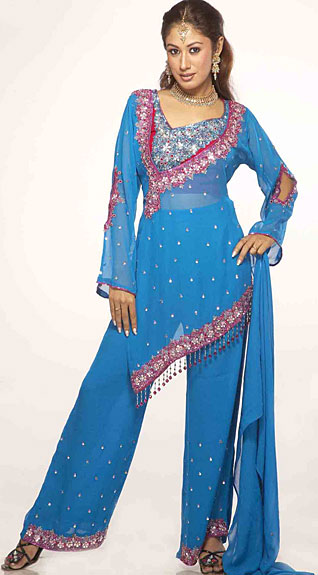Books
Sikhism and Women: A Book Review
A Book Review by TEJ N. DHAR
SIKHISM AND WOMEN: HISTORY, TEXTS & EXPERIENCE, Ed. Doris R Jakobsh. Oxford University Press, India, 2010. Pages: 383. Rs 795.00
Sikhism and Women is a compilation of fourteen essays that, in the words of its editor, explore "Sikh women's social and religious lives and experiences," for a perspective on issues related to Sikh female identity.
Most of the essays assume, either overtly or covertly, that
the Sikh intellectual tradition views women as equals of men. The Gurus,
in fact, specifically raised the status of women, but it has not
fully translated into reality. Sikh women still follow social practices that
reflect the control of men over women.
The essay on Gobind Singh's Dasam Granth shows how it uses
goddess mythology to lay the foundation for a feminist theology in
Sikhism.
Another essay examines early Khalsa texts and practices of early Khalsa Sikhs to establish that Sikh women gained authority through their status as sisters, wives, and widows of the ruling Sikhs.
The
novels of Bhai Vir Singh, the subject of another essay, project women
like Sundri, Sheel Kaur, and Satwant Kaur as role models for others to
follow.
Some other essays study the identity of Sikh women from interesting
perspectives.
If one establishes that phulkaris are not just head covers
but "metaphorical story-telling clothes" that reveal details about the
status of women, another studies matrimonial advertisements to show that
though present-day Sikh women work like men, they have to play
traditional roles in their homes. One essay, in particular, argues that
the inequality of women in the jutt (farmers) groups is located in Sikh marriage practices.
Studies of Sikh women in U.K. and Canada show that women have to
contend with the pressures of modernity and tradition; though they enjoy
a measure of freedom at work, the Punjabi practices within marriage and
family do not permit them to act independently inside their homes.
Nikky Guninder Kaur Singh, therefore, makes a fervent plea for the
retrieval of the rights of Sikh women and the refeminisation of Sikh
rituals.
Though the essays in the volume have the trappings of a
scholarly format-heavy use of theory and copious scholarly
references, they are readable, interesting and informative.
[Courtesy: The Organiser]
August 18, 2010
Conversation about this article
1: R. Singh (Canada), August 18, 2010, 1:13 PM.
Is inequality limited to just "jutt" women? The bride burnings in the city do not really portend well for selective use of the criteria. How liberated are those who fast for husbands, and generally believe in the mainstream Hindu societal setup in general?
2: Manoher Singh (Birmingham, United Kingdom), August 18, 2010, 5:38 PM.
This is a very poor review. There is nothing here that gives me any great insight into why this would be a book worth reading.
3: Gur Singh (Chicago, Illinois, U.S.A.), August 18, 2010, 11:34 PM.
The basic problem is the gender misunderstanding of the balance between rights and responsibilities. There are men/ women who rarely get any rights while they fulfill all the responsibilities. There are others who enjoy all the rights while never feeling obligated to reciprocate with their responsibilities. I think that is the the major cause of the gender divide evident in current Sikh society globally. If we as parents can pass this message through to our kids without gender bias, we would be an even better community. By the way, this comment applies to all non-Sikhs equally ...






